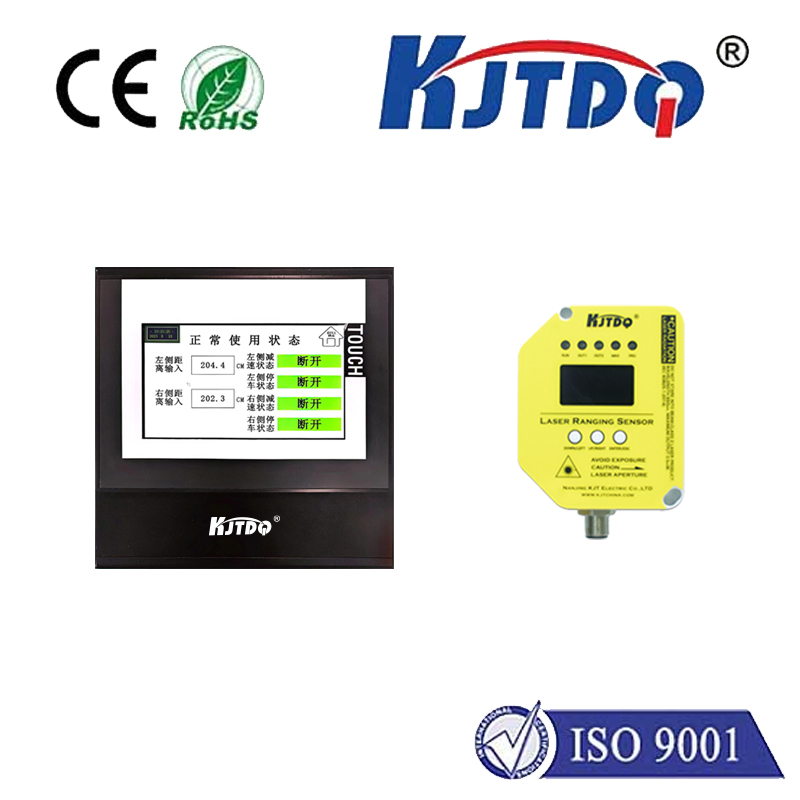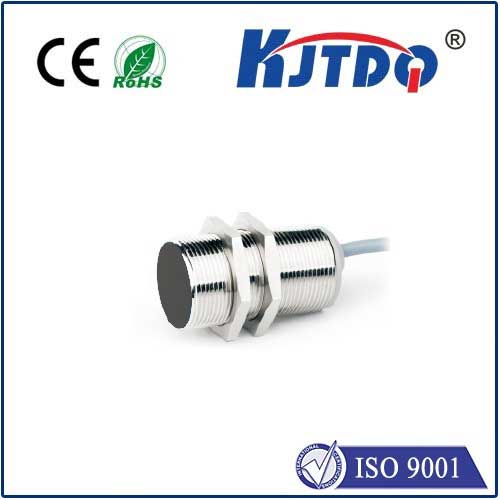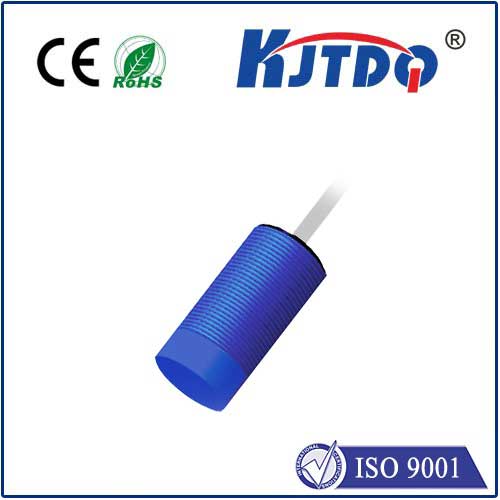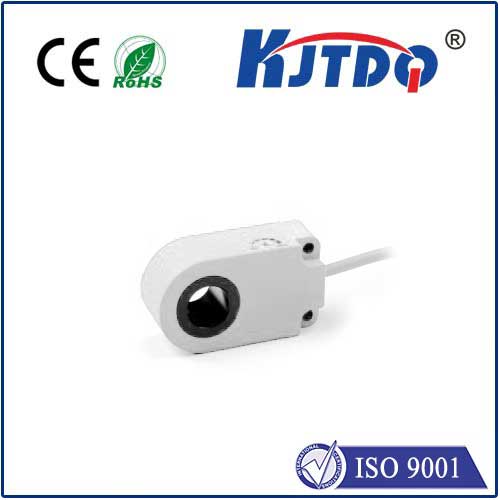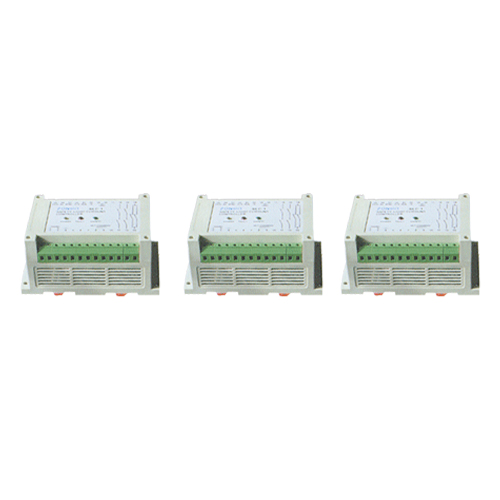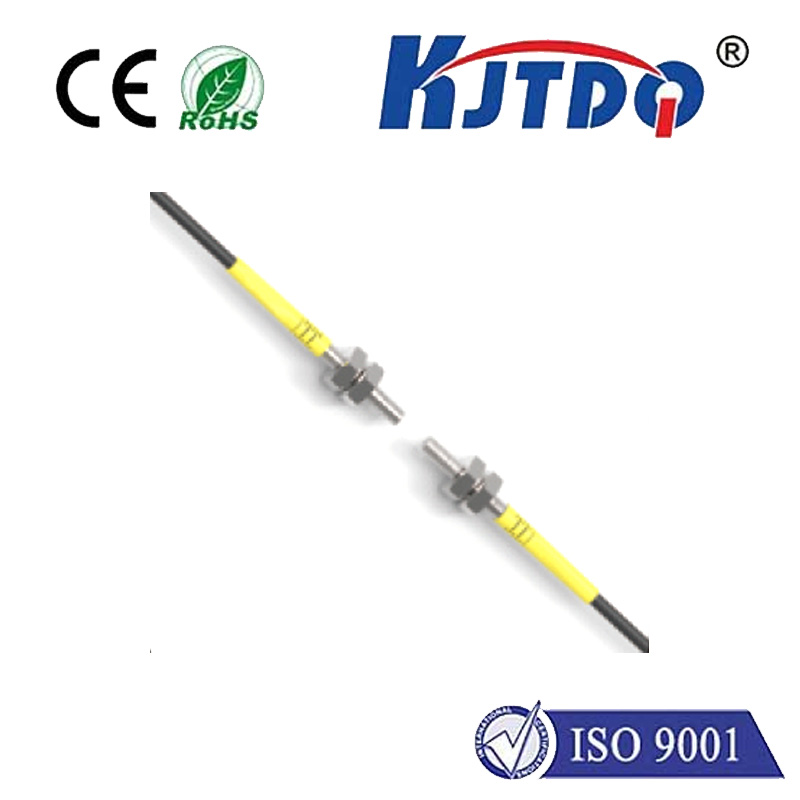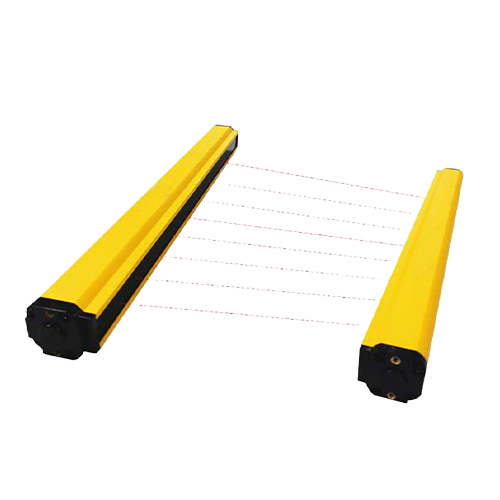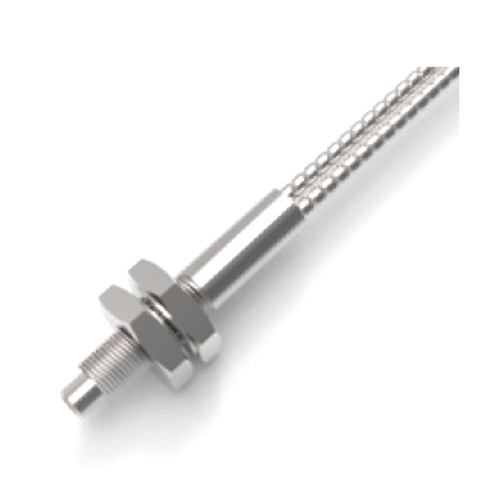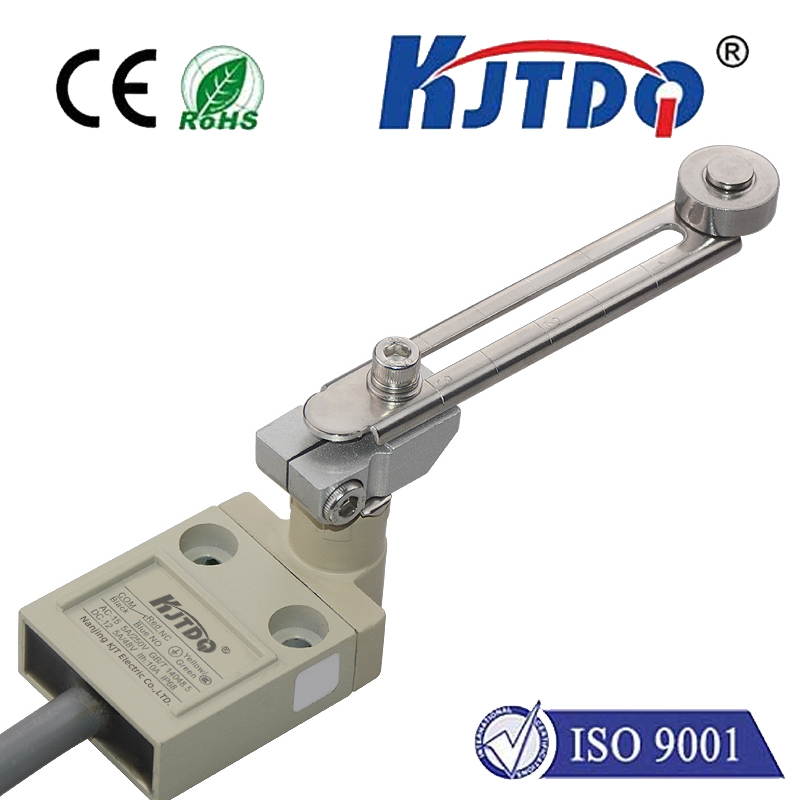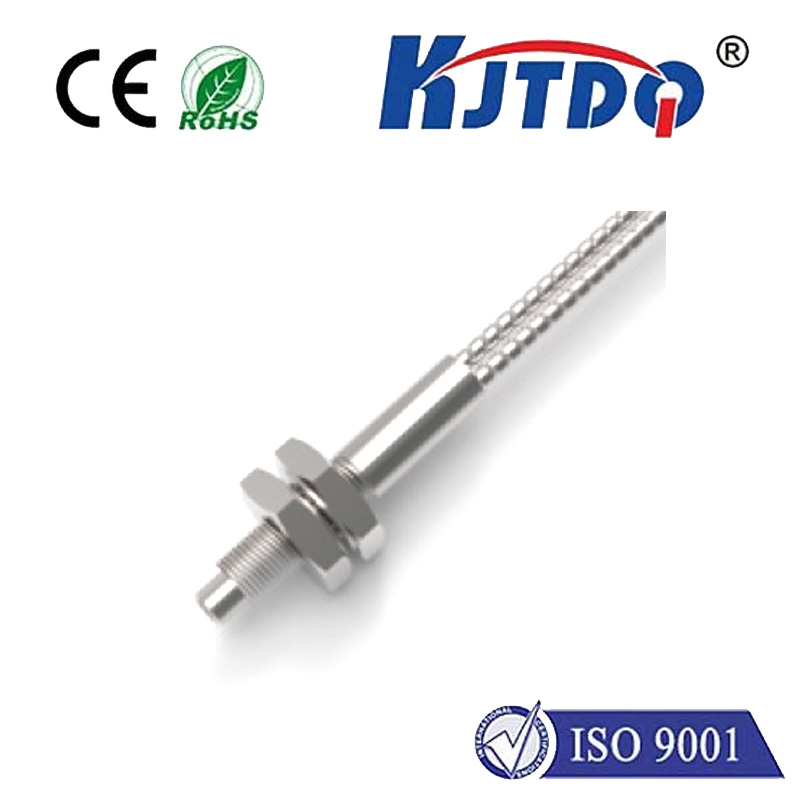approximate sensor
- time:2025-06-17 00:31:47
- Click:0
Approximate Sensors: Embracing Uncertainty for Smarter, More Efficient Systems
For decades, the pursuit of perfect, absolute data has been the holy grail of sensing technology. We crave pinpoint accuracy, definitive readings, and unwavering certainty. But what if striving for this level of precision is often unnecessary, impractical, and even counterproductive? Enter the fascinating world of approximate sensing, a paradigm shift gaining significant traction where “good enough” data, intelligently interpreted, unlocks powerful capabilities previously hindered by the limitations of traditional, high-precision sensors.
The core concept is deceptively simple: instead of investing immense resources to capture data with near-zero error, approximate sensors deliberately operate within a defined margin of uncertainty. They deliver data that is inherently probabilistic or range-based. This isn’t about shoddy quality; it’s a sophisticated design philosophy acknowledging that perfect data is often a luxury we can’t afford or simply don’t need in many real-world applications. Think about monitoring ambient temperature for HVAC control – do you need 0.001°C precision, or is ±0.5°C perfectly adequate and vastly cheaper? The latter exemplifies approximate sensing’s value proposition: significant gains in efficiency, cost, speed, and resource consumption.

Why Choose Approximation? The Compelling Advantages
- Resource Efficiency Revolution: High-precision sensors typically demand more power, complex circuitry, and expensive materials. Approximate sensors, by relaxing stringent accuracy requirements, can be designed with simpler architectures, lower power consumption, and cheaper components. This makes them ideal for:
- Battery-Powered and Energy-Harvesting Devices: Extending operational life in IoT sensors and edge devices is critical. Approximate sensing drastically reduces energy drain.
- Mass Deployment Scenarios: When deploying thousands of sensors (e.g., smart cities, environmental monitoring), the cost savings per unit become enormous.
- High-Speed Applications: Achieving extreme precision often adds latency. Approximate sensors can react faster, enabling applications demanding rapid decision-making.
Enhanced Robustness and Adaptability: Paradoxically, accepting a degree of uncertainty can make systems more robust. Approximate sensors are often less sensitive to minor environmental fluctuations or noise that would cripple a high-precision device. They excel in challenging, dynamic environments where conditions are rarely perfect. Their inherent tolerance simplifies calibration and maintenance routines.
Focus on Actionable Insight, Not Raw Data: The true power of approximate sensing lies in its synergy with intelligent data processing. Algorithms like statistical filters, machine learning models, and probabilistic reasoning are designed to thrive on approximate data. They focus on identifying trends, patterns, anomalies, and probabilities rather than obsessing over individual data points. The system’s intelligence compensates for sensor uncertainty, delivering reliable decisions based on the collective information.
Where Approximate Sensing Shines: Key Applications
- Edge Computing & IoT: At the network’s edge, power, bandwidth, and computational resources are scarce. Approximate sensors enable distributed intelligence by reducing the volume of data needing transmission to the cloud, processing locally, and triggering actions faster. Monitoring occupancy, basic environmental conditions, or equipment vibration for anomalies are prime candidates.
- Predictive Maintenance: Detecting the onset of machinery failure rarely requires knowing the exact vibration frequency down to the hertz. Approximate vibration, temperature, or acoustic sensors can reliably flag deviations from normal operating ranges, triggering maintenance alerts effectively at a fraction of the cost.
- Environmental Monitoring (Large Scale): Tracking air quality (PM2.5 levels), soil moisture across vast agricultural fields, or water levels in rivers often needs sufficient granularity for macro-level decision making, not laboratory-grade precision. Approximate sensors enable dense, affordable sensor networks.
- Resource-Constrained Robotics: Robots navigating dynamic environments benefit from sensors that provide good-enough positional or proximity data quickly and efficiently, enabling real-time obstacle avoidance and path planning without overwhelming onboard processors.
- Human Activity and Behavior Sensing: Detecting motion, presence, or classifying basic activities (sitting, walking) typically doesn’t require millimeter-perfect tracking. Approximate PIR sensors, simple accelerometers, or low-resolution imaging provide ample data for context-aware applications in smart homes or healthcare.
Implementing Approximate Sensing: Strategies and Challenges
Successfully leveraging approximate sensors requires a fundamental shift in system design:
- Calibrating for Context: Understanding the required level of accuracy for a specific task is crucial. An approximate sensor in one context might be unsuitable in another. Defining acceptable uncertainty bounds is key.
- Intelligent Data Fusion: Combining data from multiple approximate sensors or augmenting them with occasional high-precision readings or contextual data (using techniques like Kalman filters or sensor fusion algorithms) significantly enhances overall system reliability and compensates for individual sensor limitations.
- Algorithm Co-Design: Sensor hardware and processing algorithms must be co-designed. Techniques like approximate computing extend beyond sensors into the processing units themselves, creating synergies where both tolerate small computational errors, further boosting efficiency.
- Managing Noise and Drift: While robust, approximate sensors still need effective strategies for handling noise and potential long-term drift, often incorporating statistical methods or periodic reference checks.
- User Perception: Communicating that a system uses approximate sensing effectively, managing expectations about data certainty, and ensuring user trust are important non-technical considerations.
The Future: Blurring Lines with Intelligence
The trajectory of approximate sensing is deeply intertwined with advancements in artificial intelligence and machine learning. As ML models become more adept at extracting meaningful patterns from noisy, probabilistic data, the value proposition of approximate sensors strengthens. We are moving towards systems where sensing intelligence isn’t solely about capturing reality perfectly, but about capturing it usefully and efficiently to drive optimal actions.
Approximate sensors represent not a step backward, but a leap forward in pragmatic engineering. By embracing the inherent uncertainty in the physical world and designing systems that operate effectively within it, we unlock unprecedented opportunities for pervasive sensing, intelligent automation, and sustainable technology deployment. It’s a recognition that in a complex world, striving for perfection can be the enemy of progress, and sometimes, “close enough” is not just sufficient—it’s superior.






